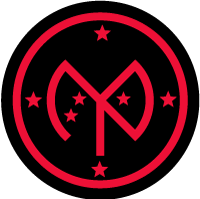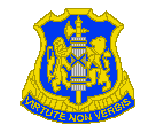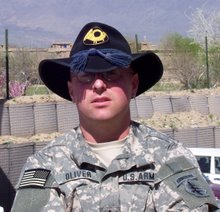Due to a deteriorating situation in Farah, I travelled out west again in mid-March. This time with the 1st Deputy Minister of the Interior.

Much of Afghanistan is littered with battered Soviet armor. This is a BTR-60 Armored Personnel Carrier lying off the side of the road.

This is a Afghan cemetery.

The Farah Bazaar

Another street scene in Farah City.

Among the many groups we met with, this one was the most interesting. The Farah Provinicial Jihadi Council. No kidding.

This guy is one of the ANP servants for the Farah Governor. I asked if I could take his picture and he straightened up and posed for me.

This is what we call the Gloryhole. Everyone squats when they do their business here.

This is one of the gardens in the Governor's compound. All gardens in Afghanistan are planted in depressions because of the arid environment. The water pools in the depression and soaks the plants roots.

These two guys were my travel companions. I call the guy on the right, "Haji Eddy" the ceremonial head of the Jihadi Council.

At the Farah Provinicial Police HQ are these stacked Soviet APCs. The one on top is a BTR-60 and the one on the bottom is a BRDM.
The following group of photos were taken at the citadel in Farah. The citadel has walls that are about 50' high and 50' thick. It is over a kilometer across on the inside. Up to about 90 years ago, the entire city of Farah was located inside the walls. The citadel was built by Alexander the Great's occupation troops over 2000 years ago.

Interior walls.
 Me inside the citadel. You can see the far side walls in the background.
Me inside the citadel. You can see the far side walls in the background.
 This is the one of two gates entering the city. This is the west gate which is the smaller of the two. This was taken from the inside of the citadel.
This is the one of two gates entering the city. This is the west gate which is the smaller of the two. This was taken from the inside of the citadel.
 The ceiling of the west gate.
The ceiling of the west gate.
 The exterior of the west gate.
The exterior of the west gate.
 This is a shot of the exterior walls of the citadel
This is a shot of the exterior walls of the citadel
 The main gate or east gate of the citadel. The vehicles in the foreground are more derelict Soviet vehicles. The Soviets utilized the citadel as a base during their occupation of the region.
The main gate or east gate of the citadel. The vehicles in the foreground are more derelict Soviet vehicles. The Soviets utilized the citadel as a base during their occupation of the region.

All of the mounds in the foreground are the ruins of ancient homes within the walls. In the background is the Bala Hissar which to this day serves as a base for an ANA Kandak (Afghan Army Battalion).
 This structure on the north east section of the citadel was built much more recently. It now houses a ANP checkpoint.
This structure on the north east section of the citadel was built much more recently. It now houses a ANP checkpoint.





 A few derelict Soviet MI-17s in the background.
A few derelict Soviet MI-17s in the background.


















































 This structure on the north east section of the citadel was built much more recently. It now houses a ANP checkpoint.
This structure on the north east section of the citadel was built much more recently. It now houses a ANP checkpoint.

